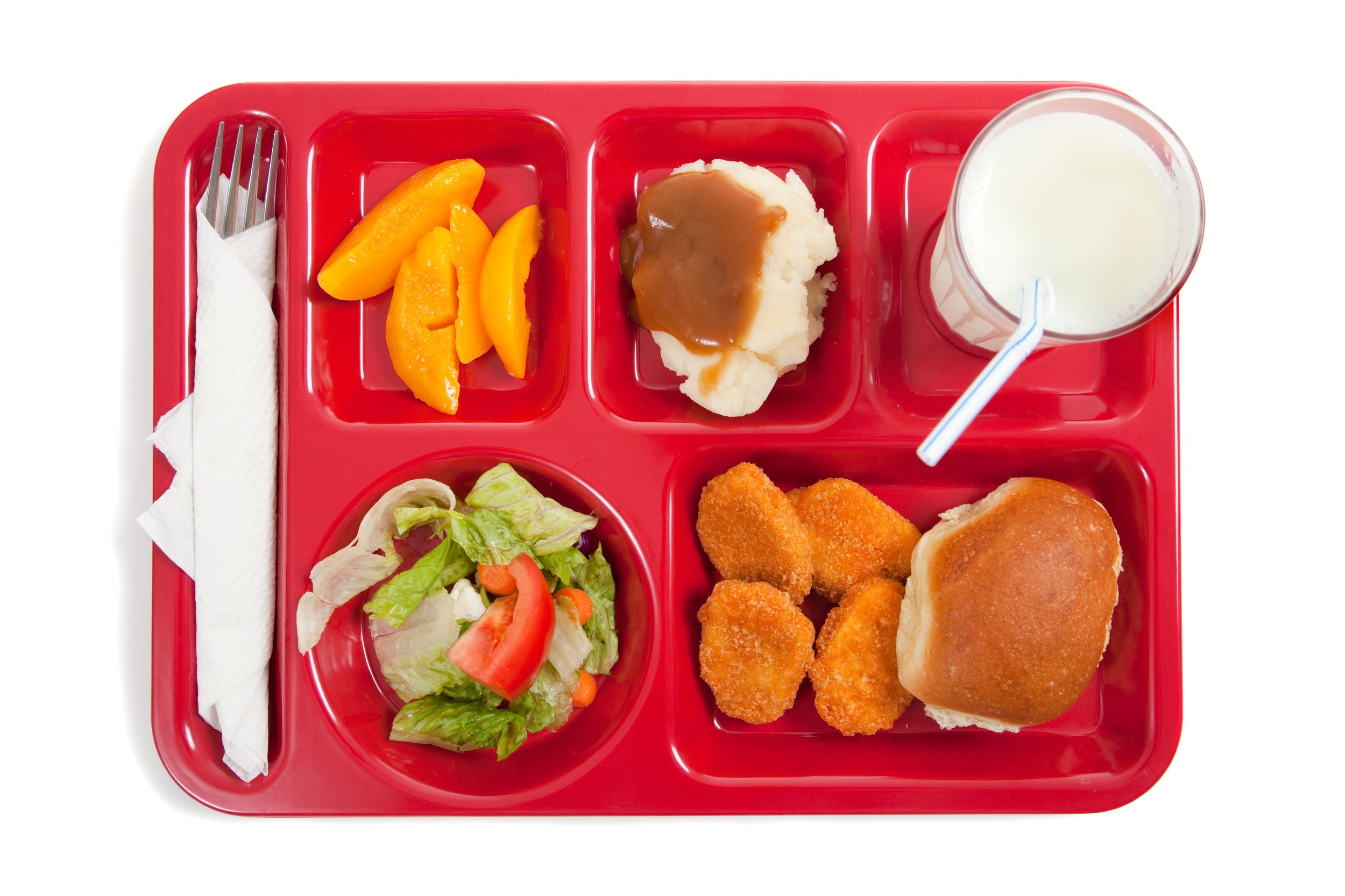New dashboard serves as resource for free and reduced-price meals, summer meal sites
BY KYLE HEIM
In an effort to make data related to free and reduced-price school meals, Summer Electronic Benefits Transfer for Children and summer meal sites more accessible, the Iowa Hunger Coalition has started to collect data in a new School Nutrition Dashboard.
The tool, launched in February and available on the Iowa Hunger Coalition’s website, includes the number of students who qualify for free and reduced-price lunches by school building, summer meal sites across the state and the number of students who would qualify for Summer EBT.
The Iowa departments of Education and Health and Human Services announced in December that the state would not participate in the Summer EBT program. The two departments, along with Iowa Gov. Kim Reynolds, said they instead plan on “enhancing and expanding already existing childhood nutrition programs.”
The federal government created the Summer EBT program during the COVID-19 pandemic in response to rising food insecurity. In December 2022, Congress made Summer EBT permanent starting in 2024, according to the Associated Press.
The states that chose not to participate this summer will have a chance to join for summer 2025, the U.S. Department of Agriculture said.
The program provides families with children eligible for free or reduced-price school meals $40 per child per month during the summer to purchase food, according to an Iowa Department of Health and Human Services news release. The funds are provided on an EBT card in the child’s name, and the federal government has announced its intention that the card must be administered separately from other existing meal or food assistance programs.
In the release, the Iowa officials said the Summer EBT program “does not have a strong nutrition focus” and would cost Iowa $2.2 million, as states are required to cover part of the program’s administrative costs.
The Department of Education said in a Feb. 1 news release that a new statewide grant program “will soon be available to support program expansion efforts and increase the number of summer meals sites, so more students have access to nutritious meals during the summer.”
The new grant opportunity is expected to “help current sponsors to expand their operation into areas currently underserved by the program as well as incentivize eligible but not yet participating school districts and other qualified organizations to launch into new communities,” the release said.
Kaitlyn Scheuermann, registered dietitian nutritionist at Waukee Community School District, said Waukee has always had low participation at its summer meal sites and was uncertain how Iowa opting out of Summer EBT would affect sites across the state.
“We want everyone to come to our sites,” Scheuermann said. “I think sometimes there is a stigma around summer meals and that it’s a free meal, and I shouldn’t come if I don’t need it. But we want everyone to be at our sites. It’s really an opportunity for everyone in the community to come together and to be together. And I think that’s a really important thing, to get everyone in the community coming to sites, not just kids who maybe need it a little bit more.”
Luke Elzinga, policy and advocacy manager of Des Moines Area Religious Council (DMARC) and creator of the School Nutrition Dashboard, said part of the reason for including summer meal site locations on the dashboard was to identify where there are gaps. The data was pulled from the USDA Food and Nutrition Service.
“We support expanding summer meal sites,” Elzinga said. “Absolutely. So, we’re going to wait and see what that grant looks like and how that might help expand them. But we also want to make clear that there are still going to be barriers that exist for students to access summer meal sites, even if we do expand, and that’s why we really believe the state needs to be pursuing Summer EBT and making sure that we participate in that. It’s not going to happen this summer, but we need to have it happen next year. We’re trying to use that tool to make the case that both of these programs are really important.”
Elzinga said some of the greatest barriers to summer meal sites relate to transportation, especially in rural areas.
“We believe Summer EBT is a perfect complement to summer meal sites,” Elzinga said. “It’s not a huge benefit amount. It’s $40 a month per child, but it’s a little bit of extra help during the summer when those kids are out of school and are not receiving free and reduced-price breakfast and lunch.
“Another thing about the summer meal sites is they vary when they open and when they close by day, by season, by month. Some of them only operate for one month, some operate for three, some of them do breakfast only, some of them do lunch only, some of them do both.”
The map also displays which summer meal sites are congregate, meaning students eat the meal at the site, and which are noncongregate. Some sites provide both options.
“When I was working on the map, I was wondering why my numbers are essentially 40 off in terms of the number of summer meal sites,” Elzinga said. “But that’s because there was a good chunk of them that were essentially counting for more than one site. So when the state says, ‘Oh, we had like 500 summer meal sites,’ there are some of those, about 40 by my count, that they’re actually counting twice, one of them as a congregate meal site and one of them as a noncongregate, and they’re a little different in how they do this. For the record, I think this is a good option for schools to look at.”
Some sites serve breakfast and provide a grab-and-go lunch, while others serve lunch and provide a grab-and-go breakfast for the next day.
Elzinga said the dashboard has also served as a resource for a pair of state legislative priorities – Summer EBT and a Healthy School Meals for All campaign.
“Specifically, there was a bill [in the Iowa House] we were working on, it’s dead, it’s not happening this session. But House File 575, which had really broad bipartisan support, it would have expanded free school meals to anyone who qualifies for reduced-price meals,” Elzinga said. “That also gave us the ability to kind of have district-by-district estimates to share with legislators that, if we pass HF 575, here’s how many students in your district it would benefit. [The dashboard] is really just meant to be a tool for advocates, the public, journalists, to just gather the information.”
The map’s default setting shows data by school district but also provides information by county, House district and Senate district.
Data estimates for legislative districts are based on the schools located in that district and not necessarily the students living in that district, according to the Iowa Hunger Coalition School Nutrition Dashboard website.
The data is only from public schools in the state and was developed from the free and reduced-price lunch statistics from the Iowa Department of Education for the 2023-24 school year.
“We’ve got a few different metrics in there that people can look at, and hopefully that will be useful when advocating with legislators about the importance of healthy school meals for all and Summer EBT and also just a resource, for legislators themselves, to better understand their district,” Elzinga said. “I’m sure there’s some potential for academic researchers to use this. It’s something we want to keep updated.”



